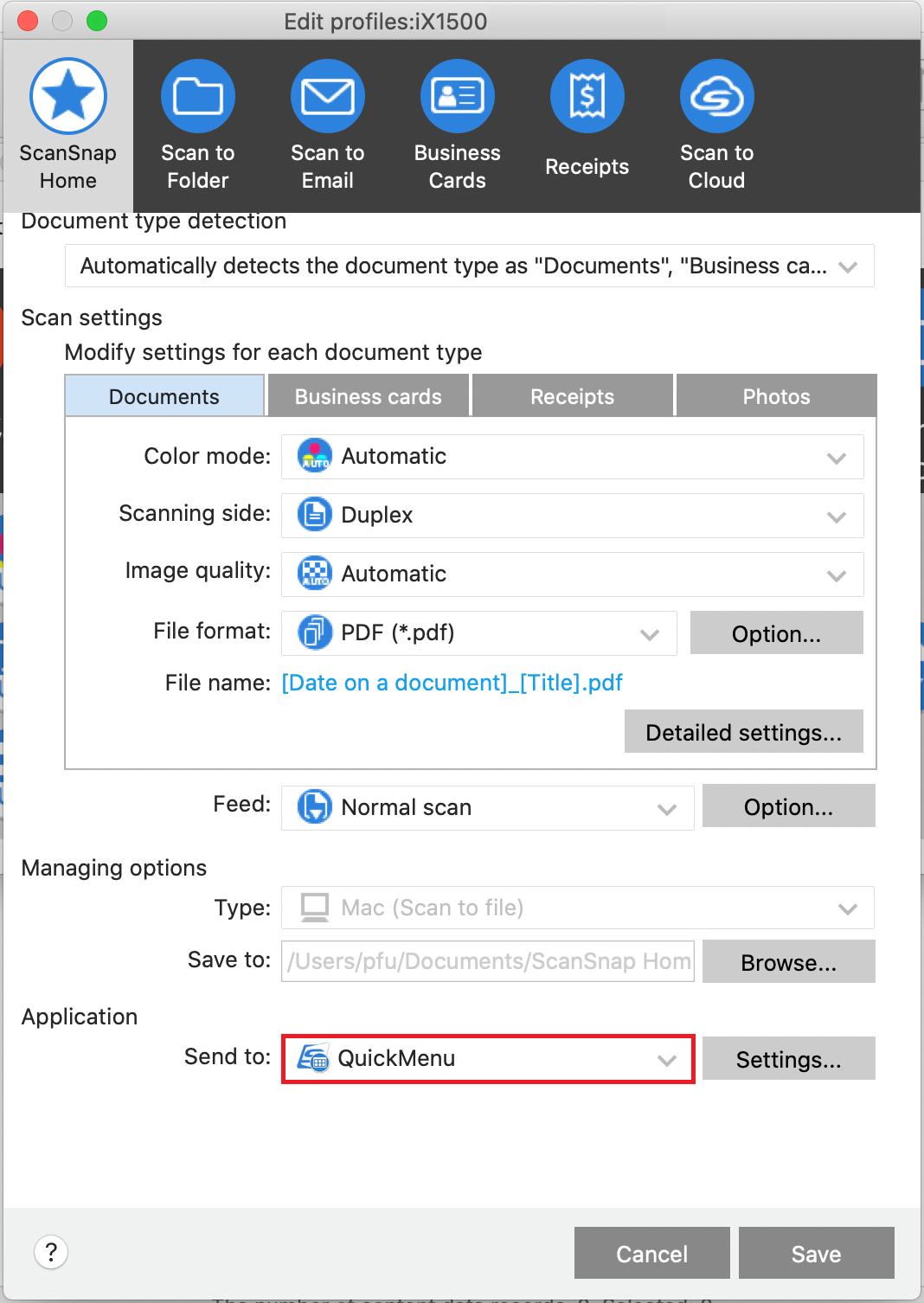

- #LOCKING A QUICKMENU BUTTON RENPY PDF#
- #LOCKING A QUICKMENU BUTTON RENPY FULL#
- #LOCKING A QUICKMENU BUTTON RENPY SOFTWARE#
- #LOCKING A QUICKMENU BUTTON RENPY PROFESSIONAL#
- #LOCKING A QUICKMENU BUTTON RENPY WINDOWS#
So it took time to figure out why they weren't affected by the change. The first and minor one is quick buttons are the only ones to take properties from "default" instead of "button". Editing Imported Curved Text with Affinity Designer on iPad.You can globally set button properties like this at the top of screens.rpy: style button:
#LOCKING A QUICKMENU BUTTON RENPY PDF#
Hi, is there any way to edit curved text once exported from AD to a PDF? I can create text on a curve via the eclipse tool and edit that text, but once exported to a PDF and then opened in AD again, the curved text characters have change to individual layers instead.However, this method works the same with any other Reviews: 6 Aug 03,

For this demonstration I will be wrapping the text around a circle with Affinity Designer. To curve text with Affinity Designer, select the path that you’d like to flow the text along, then grab the Artistic Text tool and click on the path to add your text.
#LOCKING A QUICKMENU BUTTON RENPY PROFESSIONAL#
Take your designs further Just as feature-packed as the desktop version, Affinity Designer for iPad is a professional graphic design app with everything you need to create stunning illustrations, branding, icons, UI/UX designs, print projects, typography, concept art and much more - all completely free from the confines of your desk! Jan 04, I've searched the internet and I came across this post but it only solves one half of the problem.
#LOCKING A QUICKMENU BUTTON RENPY WINDOWS#
For these folks, the good news is that it’s easy to turn off Snap in Windows 10. The first comment of this answer describes my problem but I could not find any solutions to this 'problem'. First, launch the Settings app, found by clicking on the Start Button (the gear icon) or by searching for it via Cortana. So it seems there is no build-in way to achieve this. Worth considering, however, is that you’ll also lose the ability to position windows on the right or left side of the screen, minimize, and maximize by using the keyboard arrow keys while holding the Windows key. Disable the Aero Snap Feature in Windows 7/8/10.

For many users, the mouse-based snap features have a tendency to be annoying, but the keyboard-based window management features are great. To disable the Aero Snap feature, begin by clicking on Start and then entering Ease of Access Center into the Search Programs and Files search box. It’s a shame that Microsoft treats Aero Snap with an “all or nothing” approach, but users can always turn to a third party window management utility if they miss this functionality.
#LOCKING A QUICKMENU BUTTON RENPY SOFTWARE#
I don't know where to look for software which provide these functionalities, so I'm open for software suggestions! It’s a shame that Microsoft treats Aero Snap with an all or nothing approach, but users can always turn to a third party window management utility if they miss this functionality. There is actually a built-in option to do this.I spend a lot of time in Photoshop, and every time I try to move a small popup window around, like for a gradient map or whatever, the little blue snap assist rectangle shows up, and when I accidentally drop the window in it, it jumps over to whatever part of the screen it landed in. So I just want to turn the whole thing off. The second change improves the visibility of Snap Assist and unlocks the functionality on touch-powered devices. I turned all the options in Multitasking to OFF (arrange windows automatically, size to fill, show what I can snap, and resize adjacent windows-they seem to have updated the options since any articles I've seen online were written), but I'm still getting the little blue box, and it's still snapping everything. Whenever a window is moved on the screen, Windows 11 displays a bar at the top. Once the window touches the bar, Snap Assist layouts are displayed. To disable Snap Assist in Windows 11/10, you need to follow the above-mentioned steps. To maximize the windows, move it besides the Snap Assist layouts. Are there more options buried somewhere else? Is there a way to do this without messing with the registry? Earlier, in Windows 10, the option was called Allow the system to suggest companion windows when using Snap. Click the Windows icon and then the Settings icon, and select System.
#LOCKING A QUICKMENU BUTTON RENPY FULL#
SNAP By default, Windows 10 auto resizes a window to full screen if you drag the top edge of the window above the top of the screen or drag the window to a corner of the screen. Update: These are the options in the System > Snap > Multitasking window.


 0 kommentar(er)
0 kommentar(er)
